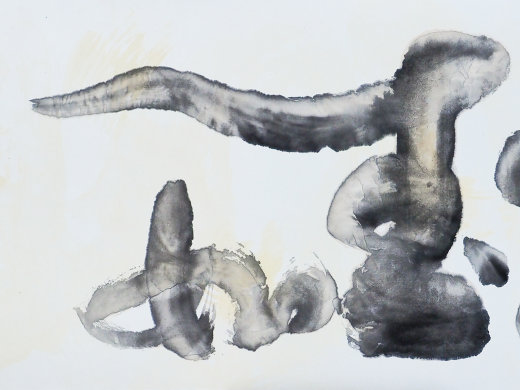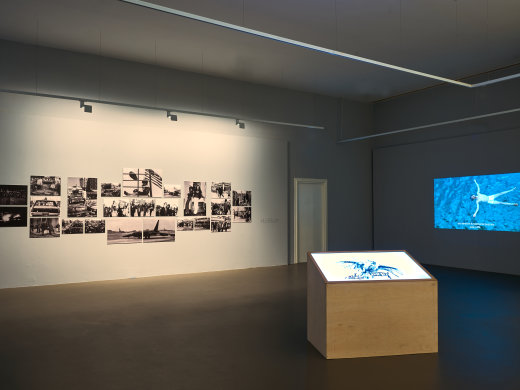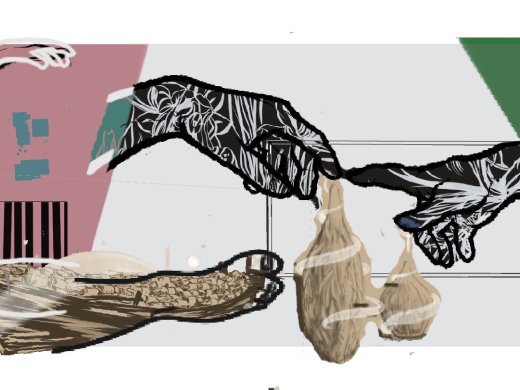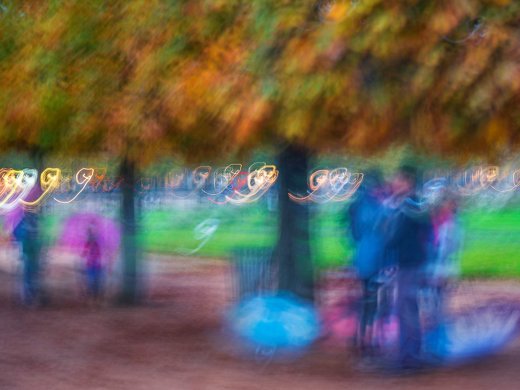

- WHEN
- 25 October 2019 – 26 June 2021
- VENUE
-
NUS Museum, 56 Kent Ridge Crescent (go to Google maps)
- OPENING HOURS
- Tues – Sat, 10am – 6pm
Closed on Mon, Sun & PH - ADMISSION
- Free Admission
- WEBSITE
- http://www.museum.nus.edu.sg/whats-on/tropics-a-many-consequence
tropics, a many (con)sequence locates Kent Chan’s film Seni as the exhibition’s locus, inquiring on the tropical imaginary that continues to frame aesthetics and artistic identities. Converging on cinematic languages and artistic histories that purposefully use these visual tropes of jungle and frontier, the tropics are studied in relation to state demands and colonial projections of the region, further elucidating its position as site, creation and fantasy. The artist inquires on notions of the rustic and the uncharted in his propositions on where art history and history intersect. These subjective intersections are shown where components of the film and text are extracted and distilled into distinct parts, and in how they are made to converse with other paintings created at the onset of the region’s historic decoloniality. Imagery and manifestos are prompted in the exhibition, marking the striking consequences these developments in art have had on modelling and perpetuating identities.
Embracing the filmic installation, the exhibition also bears works by pioneers of the Nanyang Style. This juxtaposition bears a two-fold interrogation: how was artistic agency exercised by those who come from this so-called tropics? How did such motivations contribute to the immortalisation of equatorial imaginations? tropics, a many (con)sequence is an attempt to define the politics of the tropics.
Gallery impression of tropics, a many (con)sequence | an exhibition with Kent Chan. Image courtesy of NUS Museum.






